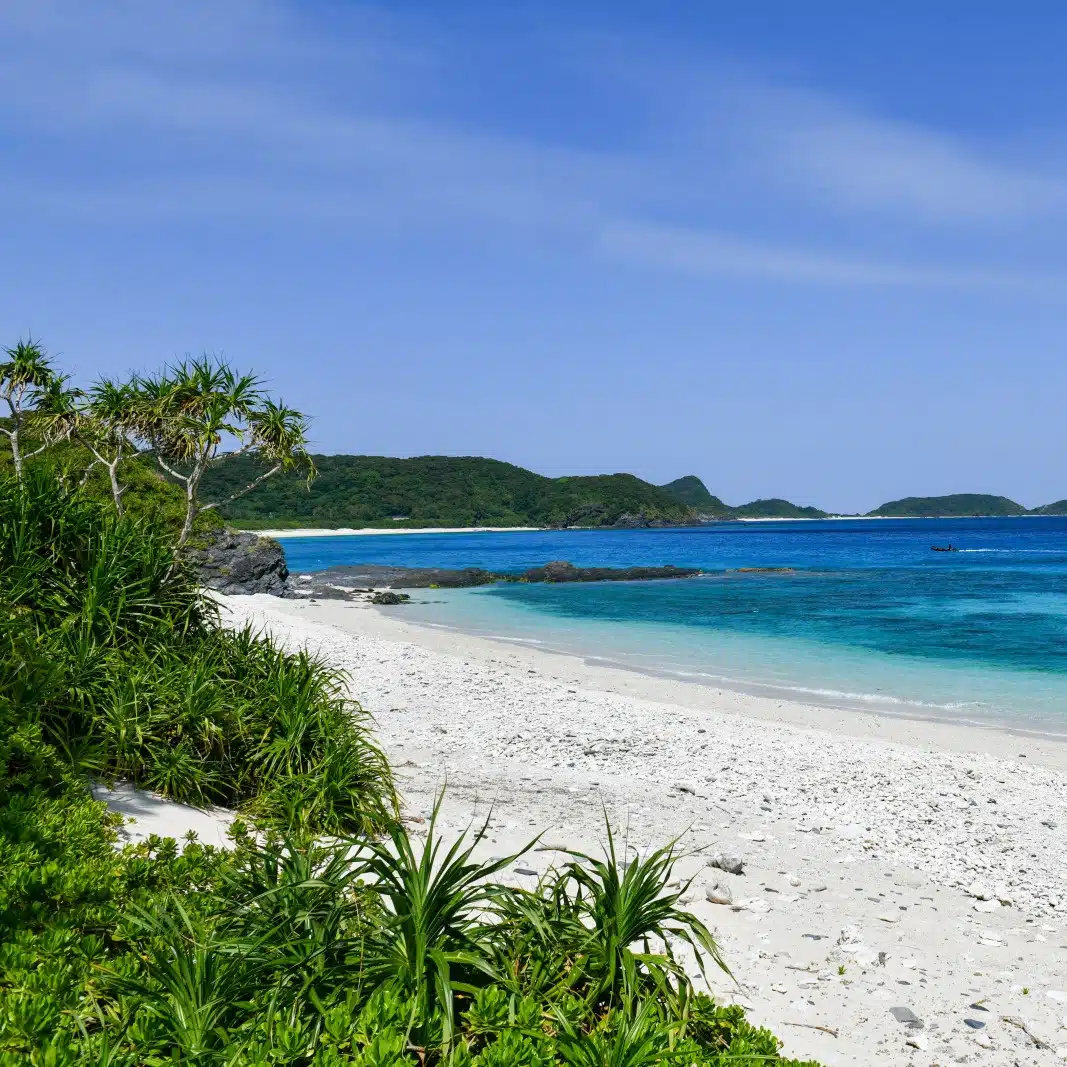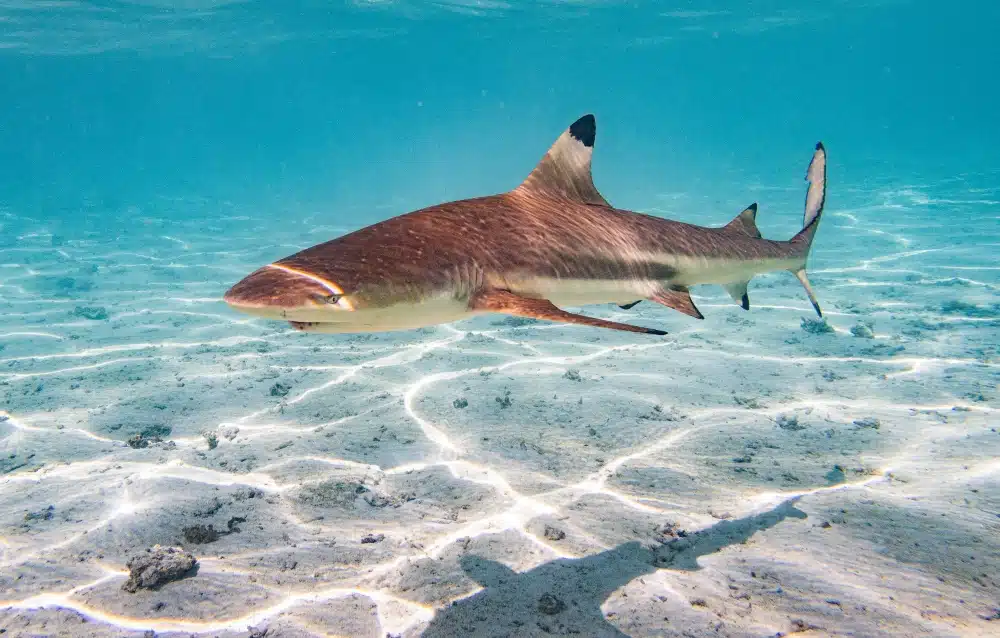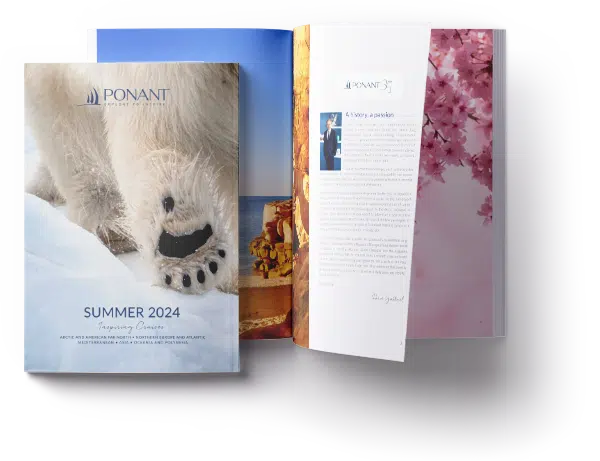When we spoke with Dr. Diego Cardeñosa in his Miami lab, he was fresh off a flight from Hong Kong, where he regularly conducts field research. Our conversation wavered between fascinating and riveting as he revealed the biology of tracking the shark trade and the cultural considerations of saving an endangered species.
When Explorers Club member and marine scientist Diego Cardeñosa reflects on why he chose the conservation of sharks as a career, a surprising person comes to mind: Neil deGrasse Tyson. It was something the renowned astrophysicist said that Diego distinctly remembers: “Kids are born curious about the world,” he paraphrases Tyson. “What adults primarily do is unwittingly thwart their curiosity.”
The Colombia-born Dr. Cardeñosa considers himself lucky that his parents encouraged his curiosity. He remembers drawing pictures of sharks when he was just two years old, and his parents – avid divers who would show him pictures of the fish they saw underwater – told him to follow his passions wherever they led him. “All parents want their kids to be successful and make money, right?” he says. “Studying fish populations didn’t seem like a promising career choice, but they supported me anyway.”
Considering that this Ph.D. in Marine Sciences recently traveled to Hong Kong to track the shark market. We’d say he has carved himself out a very successful career, indeed.
From Smalltown Colombia to the World’s Shark Trade
Today, those sharks that swam around in his two-year-old imagination are quite real, and he has made it his life’s work to protect them. It’s been a long journey from his landlocked, Andean hometown to Miami. Where the ocean waters he dreamed of as a child are never far from view.
As a Distinguished Postdoctoral Research Fellow at Florida International University, Dr. Cardeñosa sets out to identify which species comprise the international shark trade. To do so, he developed a rapid, portable, and affordable DNA test that police can use to detect illicit imports in wildlife trade hubs throughout Asia, Europe, and South America.
The world’s wildlife markets are central to Dr. Cardeñosa’s conservation. During his recent Hong Kong trip, he was looking for samples of shark fin. The key ingredient in the local shark fin soup. Chinese believe that it boosts sexual potency, rejuvenates the skin, increases energy, prevents heart disease, and lowers cholesterol. Demand for shark fins here is higher than anywhere else in the world.
“We buy trimmings in small bags very cheaply,” he explains. “Once a month, we take DNA samples and compare them to our worldwide DNA database so we can see where the sharks were hunted. This tells us which regions of the world’s seas are at risk and where we might have to put regulations and law enforcement in place. We can also see if regulations we’ve already put in place are working.”
Of the more than 500 shark species, he and his team have 80 in their DNA database. As the project is relatively new, they continually seek opportunities to add more. Dr. Cardeñosa, for instance, has plans to count sharks during his upcoming expedition with PONANT off the coast of Japan. More on this below.
“If there are lots of samples from the same species and if we determine they all came from the same region, we can monitor that area for overfishing and, ultimately, prevent the population from becoming endangered.”

Protecting Shark Populations with Forensics
Dr. Cardeñosa finds his work rewarding because it is quickly actionable. Regulations can be put in place immediately if he and his team determine that a shark population is dwindling, for instance. In this sense, his work often straddles the line between marine biology and criminal forensics. This is not to say that shark finning – the practice of removing shark fins from live sharks – is illegal. In many countries, it’s been woven into the culture for centuries.
But unsanctioned international trade is against the law. So, when crates of shark fins cross borders, the importers need written proof of three things. Dr. Cardeñosa explains:
“We need to see certification that the fins were obtained in a sustainable manner. We need proof that they were obtained in a country where shark finning is legal. And we need to be able to identify through a quick DNA test which species the fins came from. If they can’t prove all three of these, we might be dealing with smugglers and the local authorities step in.”

Hoping to Bring Back a Dying Species
One of Dr. Cardeñosa’s missions is to dispel the myth that sharks are maneaters. To prove his point, he holds up a photo of an adult yellow hammerhead that he pulled from the water during a Pacific expedition. At just about a foot long, it straddles the palm of his hand.
He talks about hammerheads with such passion and gentleness that it’s clear they hold a special place in his heart. And there’s one species, he says, with a hopeful story.
He recently ventured into the Eastern Pacific with the Colombian navy to see what species he could find. Much to his confusion, he pulled up a scalloped bonnethead. A species of hammerhead that’s on the Critically Endangered list. Then another. And another. As he continued exploring, he realized that there was a surprising concentration of the species here. Moreover, this was not a migrating species. This hammerhead called these waters home.
“That’s when I wrote a grant for Explorers Club funding and was thrilled to receive The Explorers Club Discovery Expedition grant. We’ve been studying and tracking the scalloped bonnethead’s movements ever since,” Dr. Cardeñosa says. “Ours is the only project in the world studying this species.” He knows that the key to helping this shark bounce back from near extinction lies in protecting these waters from fishing.
This is no small order. Nearby, several island communities rely on this region for food and income. As the fishermen drag their nets, the hammerhead of the shark gets caught up in the lacing and they get pulled in as disposable bycatch.
Dr. Cardeñosa knows he can’t just draw a no-net zone on a map and expect that the islanders honor it. “We have to respect their socioeconomics to get them to buy in to either stop fishing or to fish with a line instead of a net. We are trying to change their mindset and give them a sense of ownership. Make them feel part of a larger project to bring back an endangered species. So, we’re giving them tools to do science and to realize an income that’s not related to fishing.”
The project is ongoing, and he is hopeful the scalloped bonnethead will prevail.
From an INTERPOL Medal to The Explorers Club … to PONANT
That hammerhead project opened the door to The Explorers Club. He became a new member in 2023 with his appearance on The Explorers Club 50, a prestigious list of 50 people changing the world. “My membership lets me create a network that helps me move forward,” he says. “At the annual dinner, I met the woman who has climbed Mt. Everest the most times. I met astronauts. I’m a young scientist but being among these people truly gave me a sense of accomplishment.”
Explorers Club membership isn’t his only accolade, of course. In 2022, he received the DIJIN medal, the highest civilian award given by Colombia’s Directorate of Criminal Investigation and INTERPOL. In 2019, the American Elasmobranch Society awarded him the Samuel H. Gruber Award, named for a renowned shark biologist. (Elasmobranch, to the non-marine biologist, is the scientific name for the fish subclass that includes sharks.)
PONANT is a living embodiment of Dr. Cardeñosa’s passion to apply scientific knowledge to the betterment of our planet. “What drives me every day is my desire to build upon the legacy of previous scientists to affect change in our current world of climate change and ecosystem destruction. To that end, the remote places that PONANT goes are so often the basis of any scientific endeavor. They allow for the first step of discovery.”
And speaking of first steps, Dr. Cardeñosa will be joining PONANT guests on our Japan’s Subtropical Islands expedition in 2024. It’s the perfect opportunity for him – and for you! – because PONANT is the first cruise company to explore these peaceful, sublime seascapes. Shark research is sparse in these waters. And in a country that values its shark fin soup as much as China does, Dr. Cardeñosa is eager to measure the population. He plans to bait a series of underwater cameras so he can estimate the abundance of species around the islands and add them to his global database. A boon for his shark-trade tracking project.
As for his onboard lecture, he wants to remind guests that “we’re not talking about Jaws here. There are more than 500 shark species, many of them unrecognizable. I hope to convey that diversity and to stress the urgent global crisis that sharks are experiencing.”
Join Dr. Cardeñosa in Japan’s Subtropical Islands this March for a front-row seat to his research and to hear his reflections on the world’s shark population.


Join PONANT in Japan
Discover the Land of the Rising Sun







